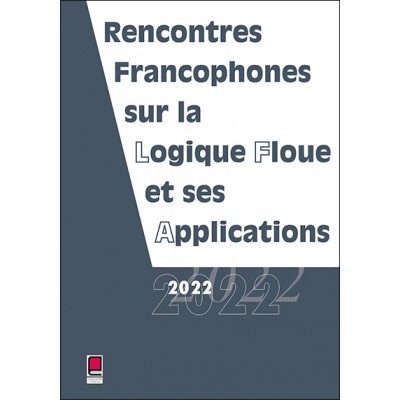PANDA : Personnaliser les ANomalies Détectées par Apprentissage
The paper addresses the tasks of anomaly detection and explanation simultaneously, in the human-in-the-loop paradigm integrating the end-user expertise : it first proposes to exploit two complementary data representations to identify anomalies, namely the description induced by the raw features and the description induced by a userdefined vocabulary. These representations respectively lead to identify so-called data-driven and knowledgedriven anomalies. The paper then proposes to confront these two sets of instances so as to improve the detection step and to dispose of tools towards anomaly explanations. It distinguishes and discusses three cases, underlining how the two description spaces can benefit from one another, in terms of accuracy and interpretability.

